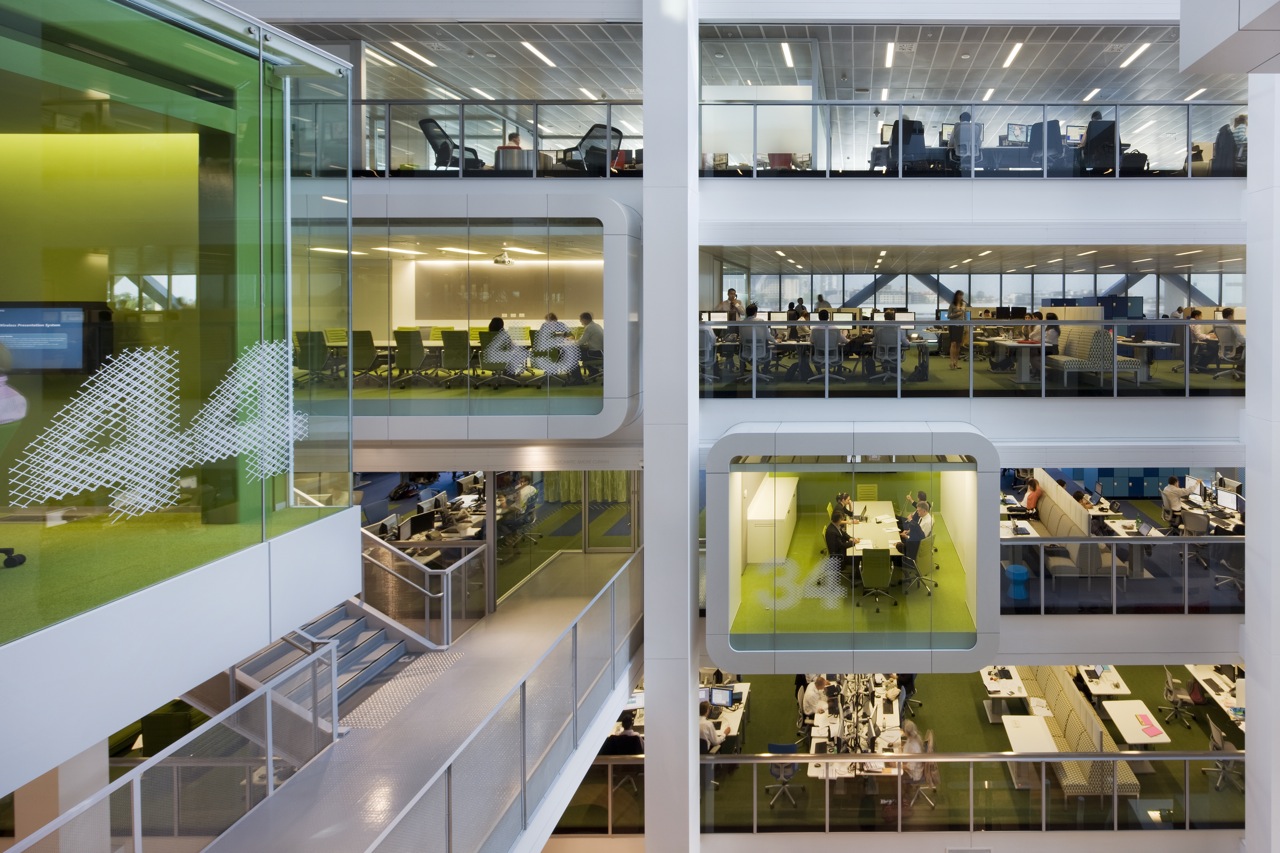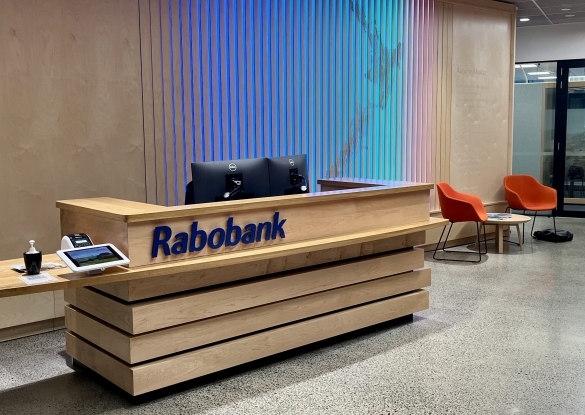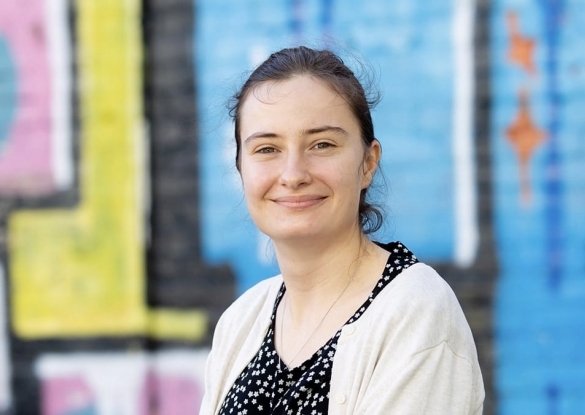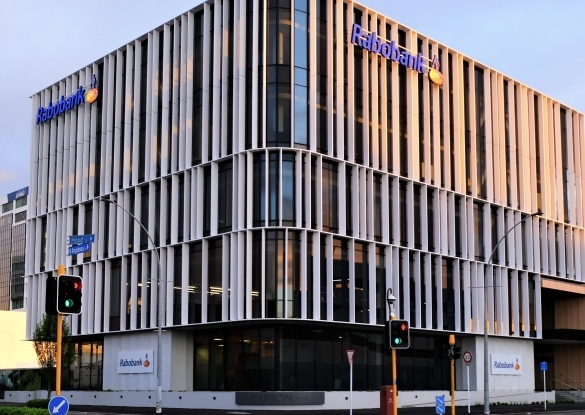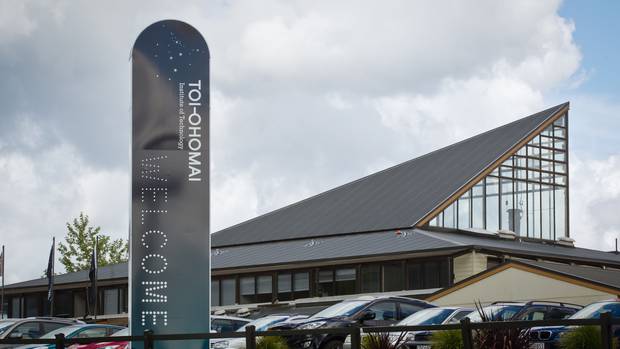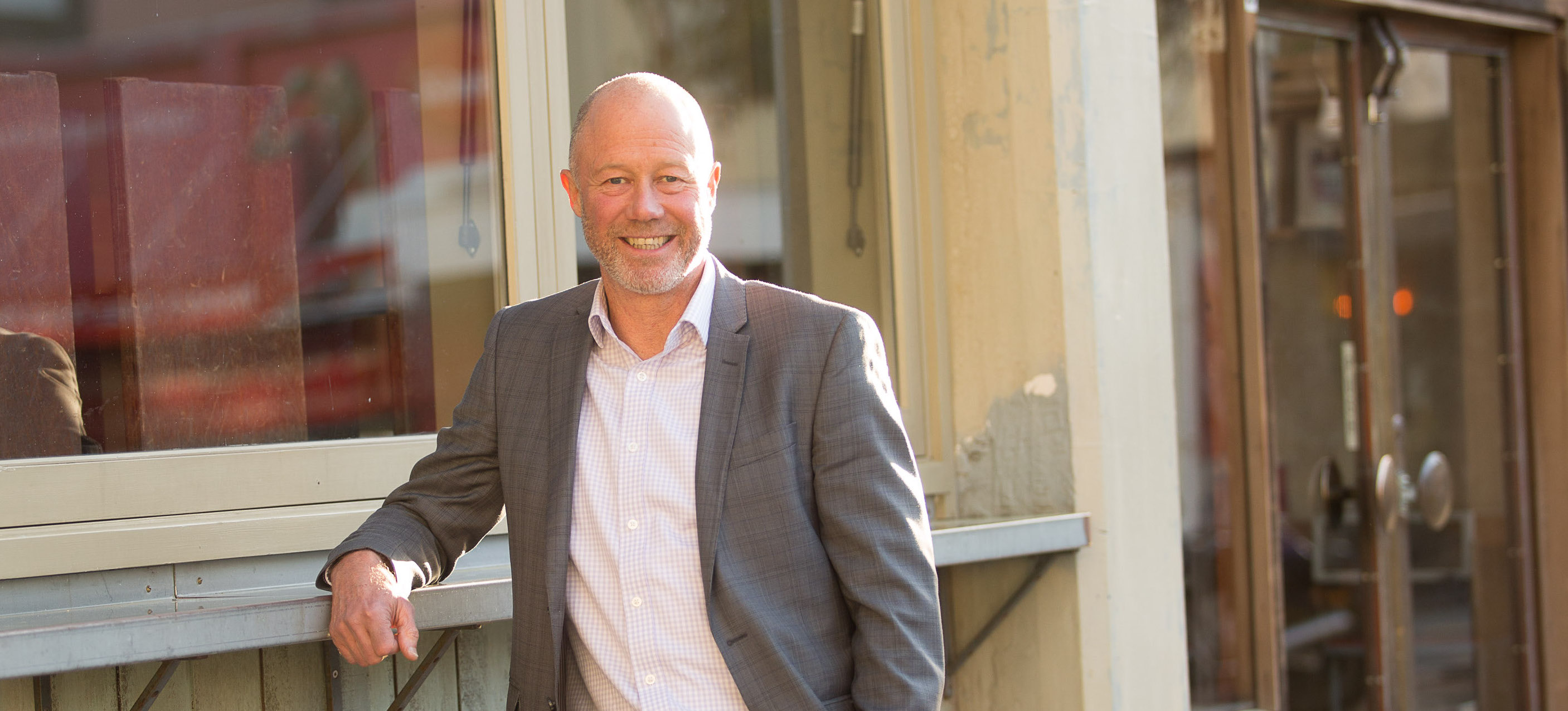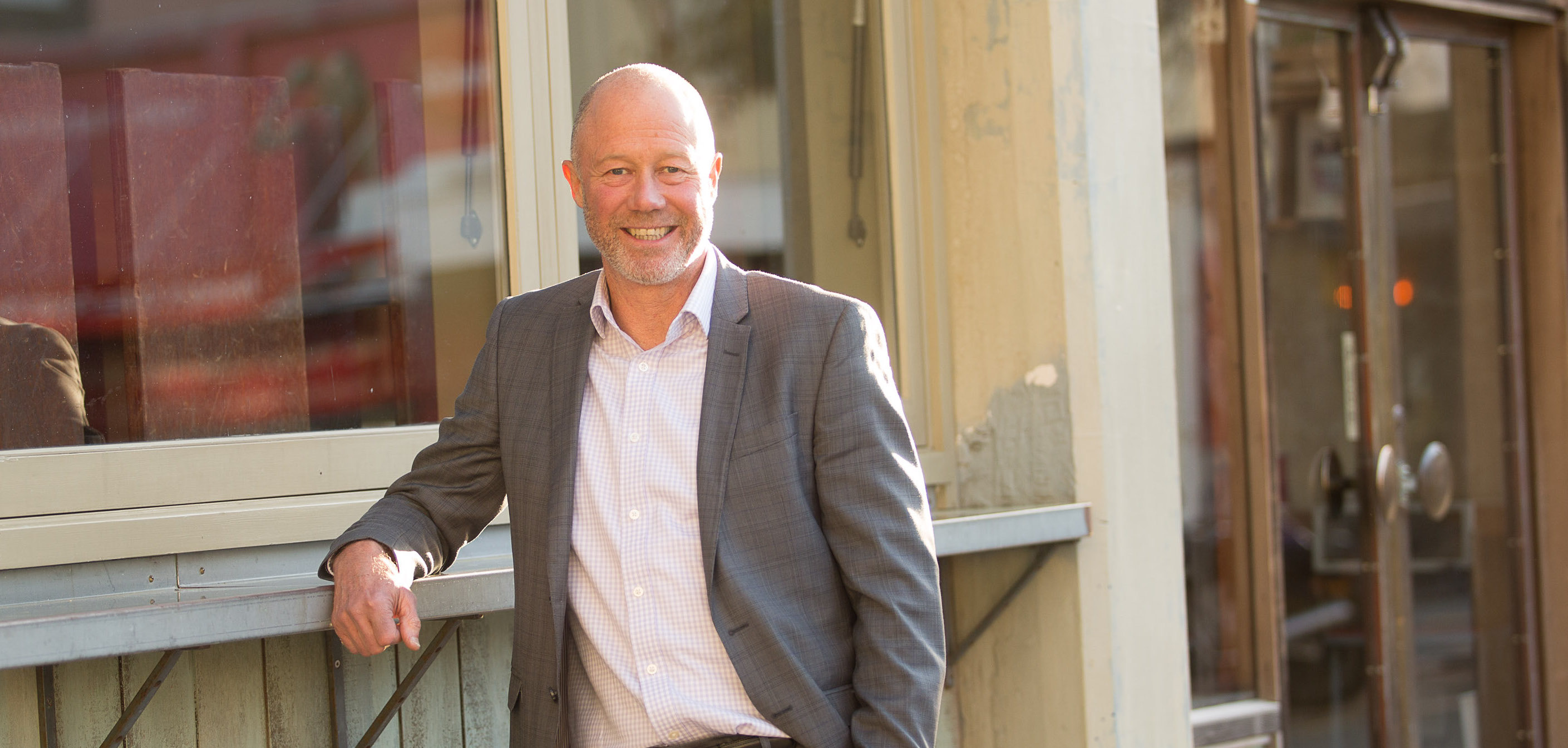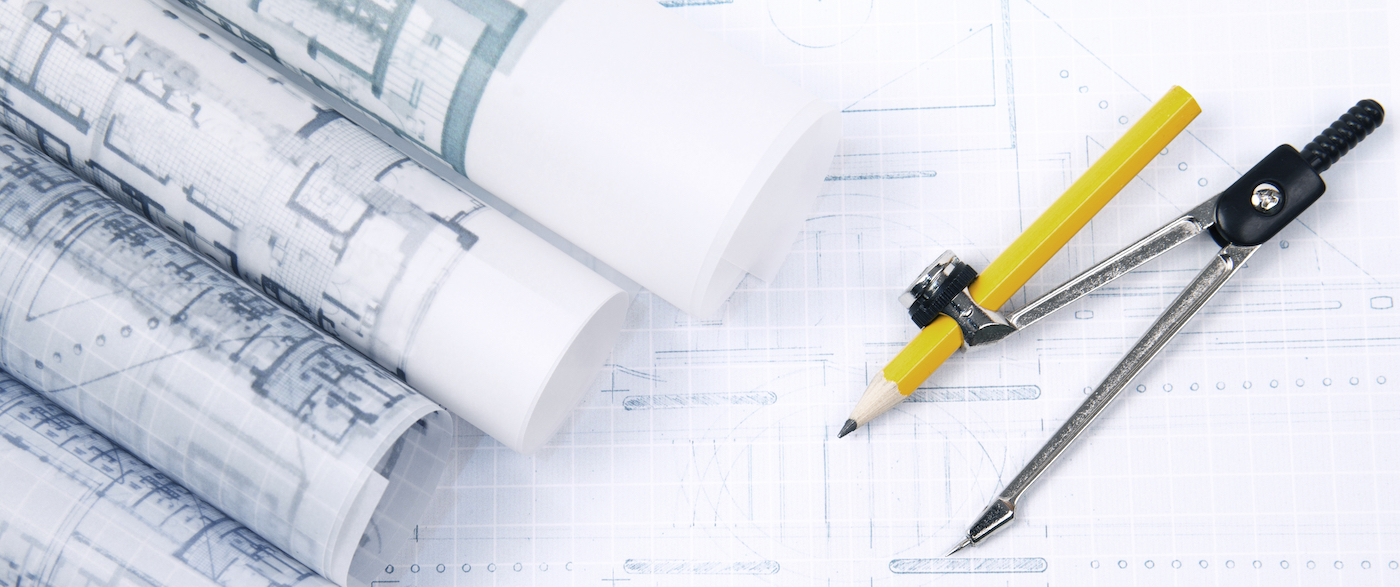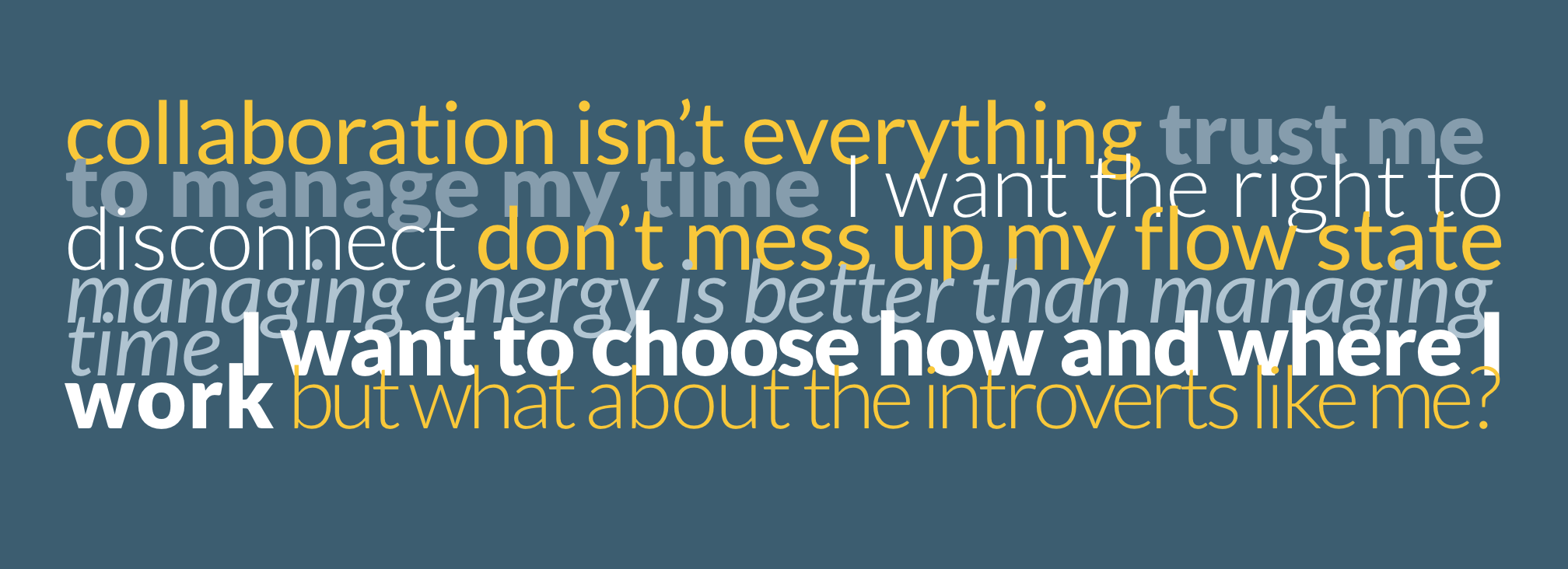What's ABW?
Talk to many Property Managers in large corporates or government organisations about workplace planning and the first thing they will tell you about is Activity Based Working or ABW.
If you are not familiar with the jargon – ABW is about configuring the office environment or workplace with a range of flexible, shared and diverse places for staff to work, in addition to the conventional desk or workstation. These ‘places’ are typically breakout rooms, soft seating areas, cafes/hubs, quiet rooms etc. These allow staff to roam freely, choose the best place for their work and collaboration that day – and not be tied to their desk 100% of time.
This concept is not new but has seen significant take-up by large occupiers in NZ and internationally, seemingly making it the ‘flavour of the month’ for workplace strategy at present! Read any blog. Pick up any article on office fitouts or workplace and ABW is top of mind. For example, a recent survey of 400 multinational corporations found that two-thirds plan to implement shared desk workplaces by 2020 – it’s a hot topic.
Typically a key ingredient of an ABW solution is providing workstations on a shared basis for all or some teams – so that staff can choose where they sit and who they work with. Based on utilisation research most organisations figure that not all staff are on-site at any one time so they can reduce the number of workstations provided, as well as encouraging staff to move within teams or business groups more freely. Typically 80 desks are provided and shared between 100 people.
So why does ABW feel like it's accounting-driven?
The provision of shared workstations is often the root of the issue.
In larger organisations workplace occupancy surveys are often undertaken to better understand how spaces are used, how frequently meeting rooms are used and where staff spend their time. This type of analysis often shows that as much as 40% of desks are empty at any one time.
The accountants and property teams charged with cost saving initiatives often look at this data and quickly assume an ABW solution means they can remove the underutilised desks and staff won’t mind because of the abundance of other facilities they have as part of an ABW solution. They see they can potentially reduce the amount of space they need and therefore their rental costs because they don’t need the amount of work-points needed for a more conventional solution.
That’s the theory anyway! Unfortunately, it’s not so simple and the application of the theory often breaks down because of people and practicalities.
Why doesn’t it work?
Firstly the practicalities. It is generally accepted that ABW requires people to clear up their desk at the end of the day and find a desk and set it up again the next day. Typically, this takes 20-30 minutes per day and represents about 5 percent of an eight-hour day.
Based on an average salary of say $80,000 per annum, the cost of the lost productivity from packing up and finding a desk and setting up each day is likely to be in the order of $2 million per annum for an organisation of 500 staff. One has to ask are the property savings worth this?
Secondly the people factor. While people like choice about where they work, many also like to know they have ‘a place’ to go back to. It is their connection with the organisation and often their reminder of their home life with pictures of family, pets etc.
The connection of people to the organisation they work for is known to be a contributor to staff engagement and their experience of work. With businesses finding it harder and harder to attract and retain talent, providing a workplace that helps staff feel connected to the business must surely be a consideration for workplace planning?
A recent UK survey found 48% of staff think that workplace design has a notable impact on their decision as to whether to stay with an employer.
So what is the solution?
While the underlying drivers of ABW are well intentioned (such as encouraging collaboration, allowing staff choice and providing flexibility to configure spaces as needs change) it strikes me that many businesses in NZ are simply using it as a cost saving tool. There is no question that ABW works for some teams. They love the flexibility and choice of places to work. But ABW doesn’t work for others.
Careful workstyle analysis needs to be done to identify the teams that can work productively in these new ways. ABW is not a generic solution that can be applied successfully across whole organisations, otherwise you’re in danger of creating a workplace that feels like a chicken coop (as my colleague Nick Ray explores in a recent blog).
By contrast to accounting based workplace planning, I’m really impressed by how a data analytic company in Silicon Valley increased the total time people in their office spent focusing from 45% to 60% by simply taking the time to understand how their teams worked. They rearranged their space so those needing the most verbal collaboration moved to a naturally louder part of the office and those needing the most quiet moved to the quietest part of the office. Sounds simple right, but so often those leading the design of a workplace don’t take the time to undertake this type of workstyle analysis.
We’ve recently completed a Workplace Strategy for an insurance client, Medical Assurance Society (MAS) and applied similar thinking to their new solution in Wellington. The business had a proposed business change strategy and needed help to realise this. Through work style analysis we were able to clearly understand their operational processes and identified that their staff fell into three distinctly different modes of works. We were then able to then take this insight and apply it to their workplace planning, zoning their space for these different work styles.

So what are the key learnings?
Don’t let the accountants push you and your wider vision for the business around!
If you are considering ABW as a solution we urge you think about what your teams need to do great work and weigh it up carefully with the potential ‘cost savings’ that can be achieved by adopting ABW as a workplace strategy. Do the actual floor square meterage savings made each month/year outweigh the potential loss of productivity/income from your biggest asset, your people. Take time to find out (never assume) how they work best, what they need to be most productive and happy.
If you want to know more about workplace design, the importance of work style analysis and more detail on how we applied these principles of a recent project, sign up to the TwentyTwo emailing list below and keep an eye out for our upcoming blogs and client insight interviews.
